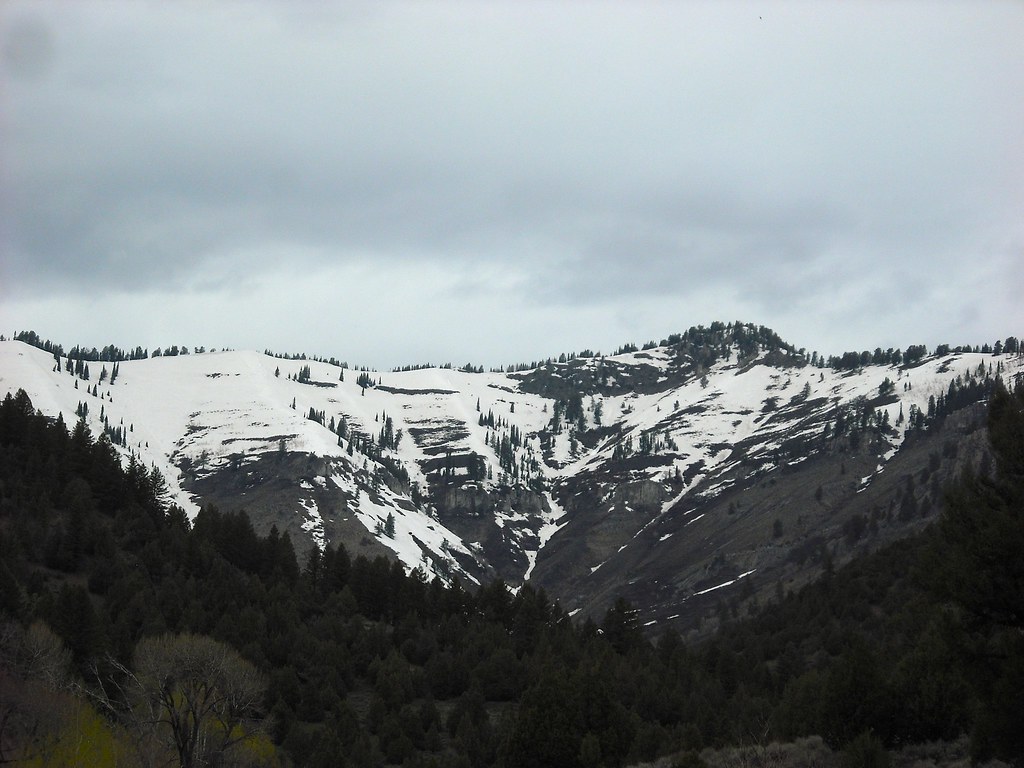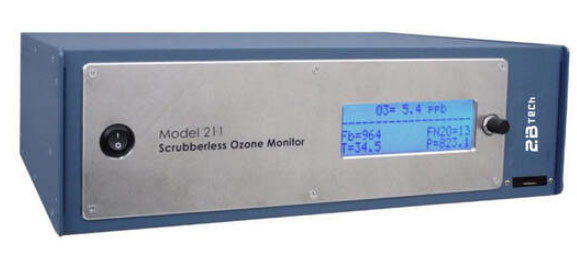
Air Pollution Sampling During The Winter in Logan, Utah
The Model 211 was employed for ozone measurements in Logan, Utah, as part of the 2017 Utah Winter Fine Particle Study. Given the low ozone concentrations typical of winter and potential positive interferences from VOCs, obtaining interference-free ozone measurements with the Model 211 was essential for comprehending ozone behavior in the Cache Valley.

The Challenge:
The Cache Valley, situated in northern Utah and southeastern Idaho, is susceptible to winter air pollution accumulation due to its surrounded steep mountains. Elevated levels of air pollutants during winter stem from various sources, including agriculture, traffic, and emissions from heating buildings and homes. Cold temperatures, low wind speeds, minimal solar radiation, and snow cover create conditions that trap stagnant air in the valley. These stagnation events expose the valley's 50,000 residents to unhealthy air pollution levels. Consequently, the Cache Valley has been designated a nonattainment area for fine particulate matter (PM2.5) under the National Ambient Air Quality Standard (NAAQS). To better understand the air pollution in the region, monitoring of PM, ozone, trace gaseous pollutants, and specific volatile organic compounds (VOCs) was deemed necessary. Ozone measurements pose a challenge in areas with high VOC concentrations, as these compounds can adsorb onto conventional ozone monitors' scrubber surfaces, leading to positive interferences in the ozone measurements. For this monitoring campaign, 2B Tech's Model 211 was the preferred choice due to its patented scrubber technology, which is unique in the market and ensures interference-free ozone measurements.
The solution:
In an effort to gain a deeper understanding of the air quality challenges in the valley, the State of Utah, along with the National Oceanic and Atmospheric Administration (NOAA) and the United States Environmental Protection Agency (EPA), initiated a monitoring campaign spanning approximately four weeks in January and February 2017 in Logan, Utah. This investigative effort, known as the Utah Winter Fine Particle Study (UWFPS), was conducted on the premises of Utah State University.

Ozone, nitrogen dioxide, and nitric oxide measurements gathered during UWFPS
Findings:
The National Ambient Air Quality Standard (NAAQS) stipulates a 24-hour PM2.5 value of 35 µg/m3 for the 98th percentile, and an annual standard mean value of 12 µg/m3. Analysis of minute, hourly, and 12-hour data collected during the Utah Winter Fine Particle Study (UWFPS) revealed some instances where PM2.5 values exceeded the NAAQS thresholds. Concurrently, average O3 concentrations exhibited an increase from early morning to late afternoon (7 a.m. to 4 p.m.), aligning with the anticipated formation of daytime O3 due to elevated levels of nitrogen oxides and ozone precursors typically found in the morning. Wind direction played a role in ozone values, with concentrations typically lower during easterly winds. Throughout the study, O3 values remained below 30 ppb, well under the NAAQS threshold of 70 ppb.
The Role of the 2B Tech Instrument:
Utilizing the Model 211, ozone measurements were conducted during the Utah Winter Fine Particle Study (UWFPS). Given the low ozone concentrations typical of winter and the potential positive interferences from VOCs, obtaining interference-free ozone measurements was pivotal for comprehending ozone behavior in the Cache Valley. The Model 211's ability to deliver interference-free ozone measurements, coupled with its Federal Equivalent Method (FEM) designation, positioned it as the optimal instrument for measuring ozone as a crucial component of the study.

Key Takeaway:
For the most precise and exclusively interference-free ozone monitoring solution in the market, consider the Model 211. This instrument ensures interference-free measurements through the use of gas-phase titration (GPT) with nitric oxide for ozone scrubbing, a superior alternative to solid scrubbers susceptible to interferences. Encased in a rack-mount enclosure, the instrument is energy-efficient, featuring a dual-beam design for a swift measurement interval of 2 seconds. Reach out to 2B Technologies to explore the application of the Model 211 for your specific needs.








